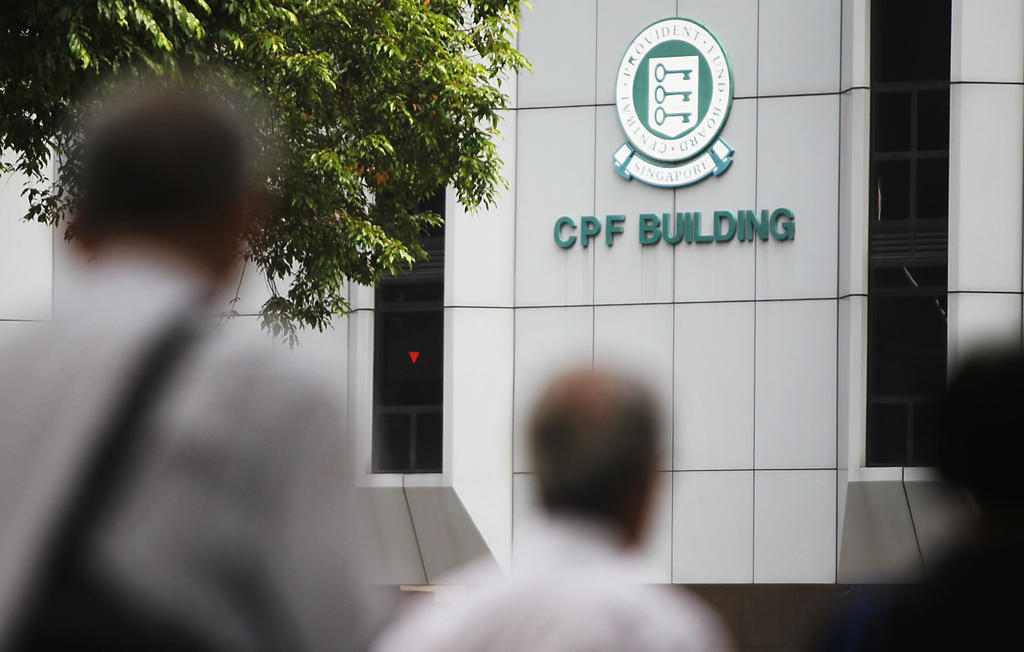From 1 Jan 2020, self-employed persons (SEPs) who provide services directly to the public sector will have their Medisave contributions transferred by the government, as and when they earn such income.
The government will be making changes to Vendors@Gov to support MOM’s Contribute-As-You-Earn (CAYE) policy for Self-employed Persons (SEPs) which will be effective immediately from 1 Jan 2020 onwards.
Therefore, those self employed who provide services directly to the government through Vendors@Gov will estimate their net income - that is, deducting expenses - from such transactions. The government will then make the corresponding Medisave contribution directly to the worker's account, and pay the rest of the service fee to the worker. This will affect about 6,000 self-employed persons. Under this scheme, this group of workers will have small and regular contributions made to their MediSave accounts when the Government contract them and pay them for their services.
According to the CPF website, if you are a person with your own business, you work for yourself and you are in the position to realise a business profit or loss, you are considered a Self-Employed Person. Your income is derived from the buying and selling of goods, or from providing professional or personal services. A Self-Employed Person can be a sole-proprietor or a partner in a partnership.
The government will be making changes to Vendors@Gov to support MOM’s Contribute-As-You-Earn (CAYE) policy for Self-employed Persons (SEPs) which will be effective immediately from 1 Jan 2020 onwards.
Therefore, those self employed who provide services directly to the government through Vendors@Gov will estimate their net income - that is, deducting expenses - from such transactions. The government will then make the corresponding Medisave contribution directly to the worker's account, and pay the rest of the service fee to the worker. This will affect about 6,000 self-employed persons. Under this scheme, this group of workers will have small and regular contributions made to their MediSave accounts when the Government contract them and pay them for their services.
According to the CPF website, if you are a person with your own business, you work for yourself and you are in the position to realise a business profit or loss, you are considered a Self-Employed Person. Your income is derived from the buying and selling of goods, or from providing professional or personal services. A Self-Employed Person can be a sole-proprietor or a partner in a partnership.
Currently, self-employed persons are required to make Medisave contributions annually, based on earnings the previous year. In any given year, about 60 per cent or 130,000 do not make their Medisave contributions in full as a lump sum.
The government's pilot Contribute-as-you-Earn (CAYE) scheme is about helping the self employed persons to keep up with their Medisave contributions, to strengthen their protection against health shocks. It does not change their CPF obligations, only how their Medisave contributions are made.
So for example, let's assume a freelance photographer who does work for the Government, he will have his MediSave contributions first paid out by the Government before he receives the rest of his payment for the job. Manpower Minister Josephine Teo says "it adds convenience and the self-employed persons don’t have to worry about having to contribute bigger lump sums during 'dry seasons'. They also start getting the 4 per cent MediSave account interest earlier."
The government's pilot Contribute-as-you-Earn (CAYE) scheme is about helping the self employed persons to keep up with their Medisave contributions, to strengthen their protection against health shocks. It does not change their CPF obligations, only how their Medisave contributions are made.
So for example, let's assume a freelance photographer who does work for the Government, he will have his MediSave contributions first paid out by the Government before he receives the rest of his payment for the job. Manpower Minister Josephine Teo says "it adds convenience and the self-employed persons don’t have to worry about having to contribute bigger lump sums during 'dry seasons'. They also start getting the 4 per cent MediSave account interest earlier."
Today Online Article on 20 August 2019: CAYE MediSave contributions to be piloted from 2020 for freelancers hired by Govt: Josephine Teo




 RSS Feed
RSS Feed
